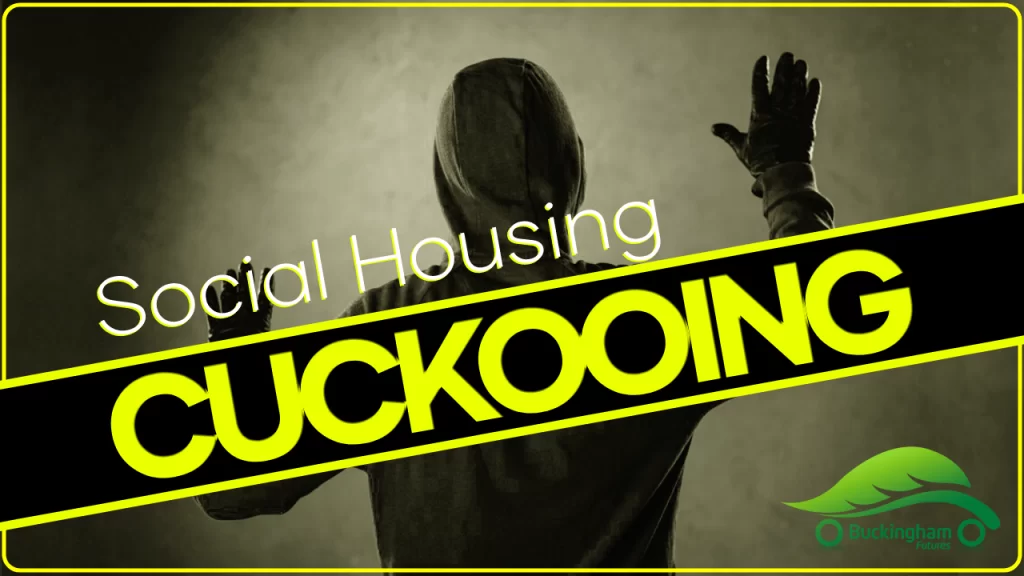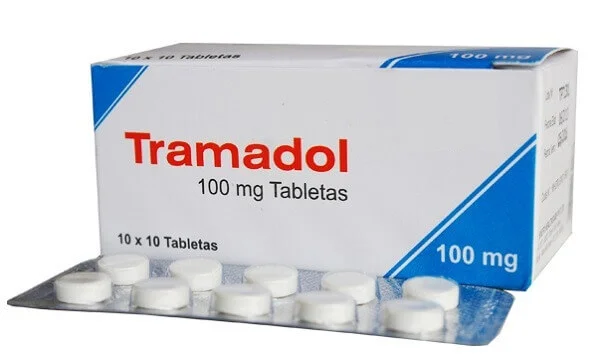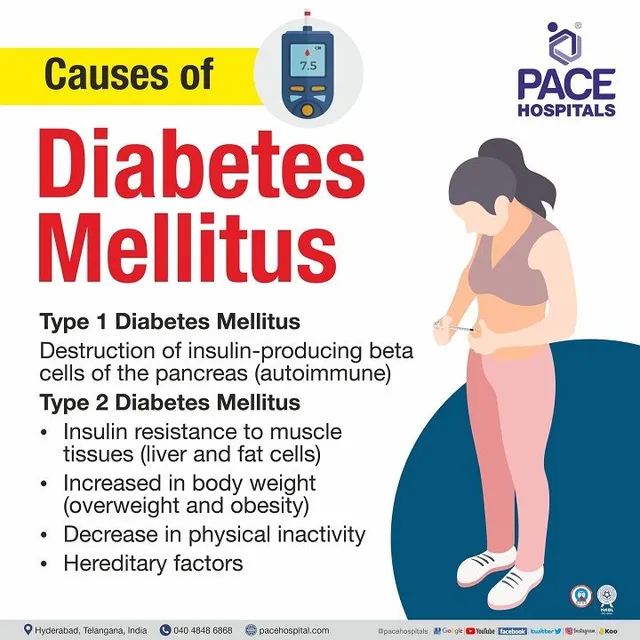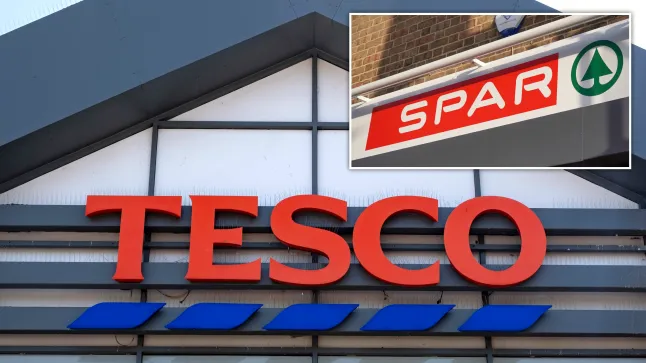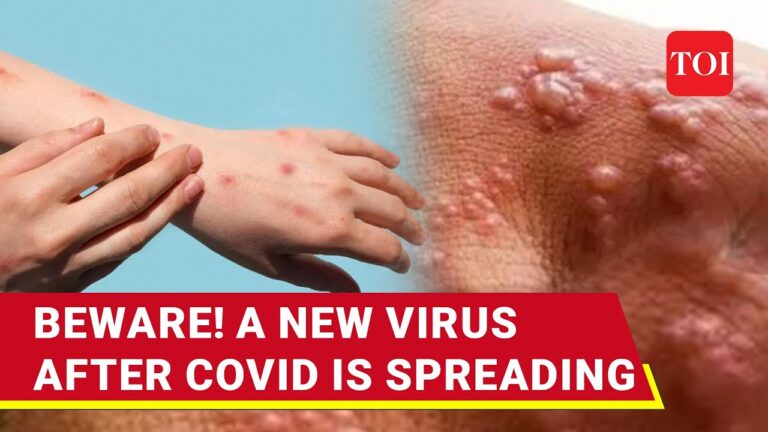Cuckooing: A Comprehensive Overview Introduction to Cuckooing
The term cuckooing is most commonly associated with a form of criminal exploitation that has emerged in the United Kingdom and other parts of Europe. In recent years, the term has gained widespread attention due to its increasingly prevalent use in relation to modern-day slavery, drug trafficking, and gang exploitation. Cuckooing is a criminal activity where vulnerable individuals, often drug users or those in precarious living situations, are manipulated and exploited by criminal gangs. These gangs use victims’ homes for the storage and distribution of drugs, and sometimes for other illicit activities such as human trafficking. The term draws from the cuckoo bird, which is known for laying its eggs in other birds’ nests. Similarly, in cuckooing, criminals “lay their eggs” in the homes of unsuspecting victims.
This article aims to provide a detailed understanding of cuckooing—its mechanisms, effects, prevalence, and ongoing challenges. It will cover the history of cuckooing, how it operates, the impact on victims, law enforcement measures, and how society can work together to tackle this growing issue.
What is Cuckooing?
Cuckooing refers to a criminal tactic primarily used by drug dealers or gangs to exploit vulnerable individuals by taking over their homes for illegal activities. It usually involves coercing or deceiving individuals who are already in difficult circumstances, such as homeless people, drug users, or individuals with mental health issues. These victims are often manipulated into allowing the perpetrators to use their homes to store and distribute drugs.
In many cases, the criminals will “cuckoo” these homes for the purpose of dealing drugs, particularly cocaine and heroin, but also other illegal substances. The criminals may also use the homes to house their “runners”—individuals who transport drugs for the gang. The victims of cuckooing often experience physical abuse, mental manipulation, and a significant loss of autonomy.
The Process of Cuckooing
The process of cuckooing typically begins when criminals identify a vulnerable individual—someone who is isolated, struggling with addiction, or facing social or financial instability. The criminals may offer the victim something in return for letting them use their home. This could involve the provision of drugs, money, or a sense of belonging or protection.
Once the individual is targeted, the criminals move in and essentially take over the home. The victim may be threatened, manipulated, or coerced into compliance. Criminals may make use of the home as a base for their illicit activities, including the storing of drugs, the running of drugs to dealers, or even the housing of individuals involved in trafficking. The criminals often exert control over the victim by using violence, intimidation, or threats, forcing them to continue to allow the activity to occur in their home.
Common Characteristics of Cuckooing Victims
Victims of cuckooing are often vulnerable individuals who may be susceptible to exploitation. They may have a variety of risk factors that make them more likely to fall victim to these criminal schemes. Some of the common characteristics of cuckooing victims include:
- Addiction to Drugs: Many victims are individuals with substance abuse problems, often struggling with addictions to illegal drugs like heroin, cocaine, or crack cocaine. These individuals may be more easily manipulated due to their need for drugs, which criminals exploit.
- Mental Health Issues: Vulnerable individuals suffering from mental health issues, such as depression, anxiety, or trauma-related disorders, may be more susceptible to manipulation by criminals.
- Social Isolation: Victims of cuckooing are often isolated and lack strong social networks or support systems. This makes it easier for criminals to exploit them without fear of intervention or help from friends or family.
- Homelessness: Individuals who are homeless or in unstable housing situations are also common targets for cuckooing, as they may feel they have few options and are more likely to accept offers of temporary shelter or protection.
The Role of Gangs in Cuckooing
Criminal gangs are often the masterminds behind cuckooing operations. These gangs, typically involved in the drug trade, use the tactic to establish a network of homes where they can store and distribute drugs. Cuckooing allows these gangs to maintain a low profile, as the drugs are stored in unsuspecting individuals’ homes, reducing the risk of police detection.
Criminal gangs use a hierarchical system in which individuals at the top of the organization control and direct the activities, while individuals lower in the hierarchy, often referred to as “runners” or “mules,” carry out the illegal tasks. The homes that are cuckooed serve as storage or distribution centers for drugs. The runners are often individuals who transport the drugs between homes and dealers.
These gangs also control their victims through fear and intimidation. Threats of violence or harm to the victim’s loved ones are common tactics used to ensure compliance. In some cases, the gang may involve other individuals or groups in trafficking or dealing drugs, further complicating law enforcement efforts to dismantle these operations.
Impact of Cuckooing on Victims
Cuckooing has a devastating impact on victims. These individuals may face physical violence, emotional manipulation, and long-term trauma as a result of their exploitation. Some of the key effects of cuckooing on victims include:
- Physical Abuse and Violence: Victims may be physically abused by the criminals who take over their homes. This abuse could range from intimidation and threats to severe physical violence if the victim attempts to resist or report the activity.
- Mental Health Strain: The emotional and psychological toll on victims can be immense. Victims may experience feelings of fear, isolation, and helplessness. Over time, the manipulation and threats used by the criminals can lead to severe mental health issues, including anxiety, depression, and post-traumatic stress disorder (PTSD).
- Loss of Autonomy: Victims lose control over their own lives and their homes. They may be coerced or forced into allowing the criminals to use their home for drug storage or trafficking. This loss of autonomy can be particularly difficult for vulnerable individuals who already face personal struggles.
- Legal Consequences: In some cases, victims of cuckooing may face legal repercussions for being involved in drug trafficking, even if they were coerced into allowing the criminal activity to take place in their homes. Law enforcement may arrest victims if they are found with drugs or involved in trafficking activities, even though they were manipulated or threatened into doing so.
Law Enforcement and Cuckooing
Cuckooing is a growing concern for law enforcement agencies, as it often involves complex criminal networks and vulnerable victims. Police have become increasingly aware of cuckooing operations, but these cases can be difficult to address. Victims are often too afraid to come forward or report the crimes due to fear of retaliation from the criminal gangs. In many cases, victims are either too intimidated or manipulated to cooperate with law enforcement.
To combat cuckooing, police and law enforcement agencies have focused on raising awareness, providing support to victims, and working with community organizations to address the root causes of vulnerability. Specialized units within law enforcement are also trained to recognize the signs of cuckooing and respond appropriately.
Prevention and Support for Victims
Prevention of cuckooing largely involves supporting vulnerable communities and providing resources for those at risk of exploitation. Community organizations, social services, and health professionals play a key role in addressing the root causes of vulnerability, such as homelessness, addiction, and mental health issues.
Victims who have been cuckooed often need long-term support to recover from the trauma they have endured. Organizations that specialize in supporting victims of modern-day slavery, exploitation, and human trafficking can help provide shelter, counseling, and legal assistance to help individuals rebuild their lives.
Public awareness campaigns can also help educate communities about cuckooing and encourage individuals to report any suspicious activity. Community policing efforts, where officers work closely with local residents to build trust, can also help encourage individuals to come forward with information.
Conclusion
Cuckooing is a growing and complex issue, involving the exploitation of vulnerable individuals by criminal gangs for drug trafficking and other illicit activities. The tactics used by these criminals are manipulative and coercive, leaving victims with long-lasting trauma and fear. Law enforcement is increasingly recognizing the signs of cuckooing, but addressing the problem requires a multi-faceted approach that involves both prevention and support for victims.
As cuckooing continues to impact communities, it is essential for law enforcement, social services, and the public to work together to identify and help victims, break the cycle of exploitation, and reduce the prevalence of this dangerous crime. Ultimately, raising awareness, providing support, and promoting greater community involvement will be key in the fight against cuckooing and other forms of modern-day slavery and exploitation.
